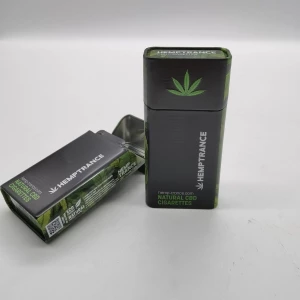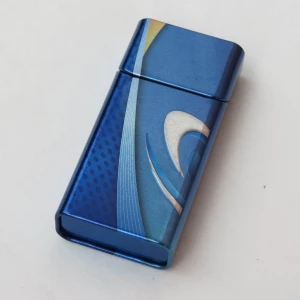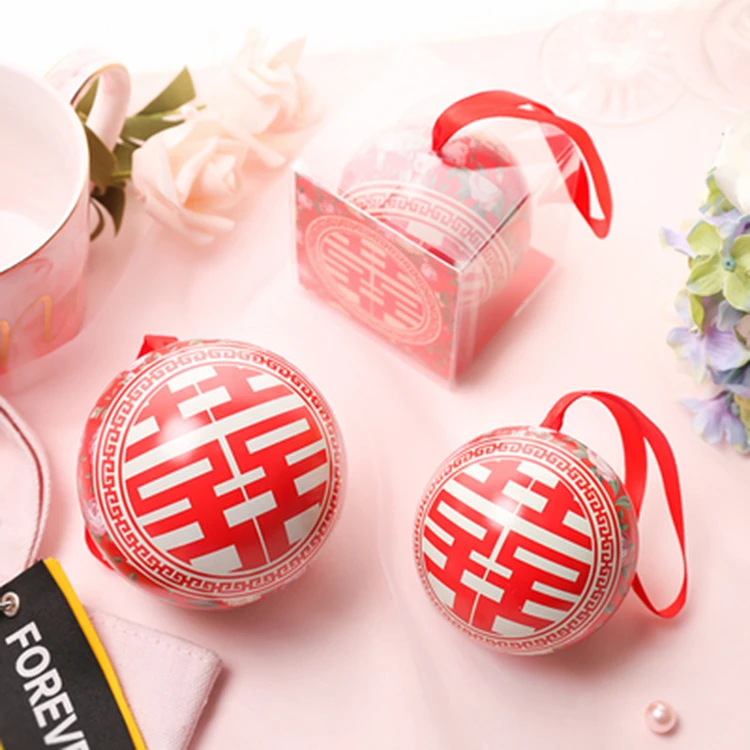Tinplate: A Comprehensive Guide for Buyers in 2025
In the world of metals and alloys, tinplate stands out for its versatility and durability. Whether you're in packaging, construction, or manufacturing, understanding this material is crucial for making cost-effective and sustainable choices. This guide will walk you through the essentials, from sourcing to applications.
How to Find Reliable Tinplate from China in 2025
China remains a top supplier of tinplate, offering competitive pricing and high-quality options. To find reliable suppliers:
- Check certifications like ISO 9001 and SGS reports.
- Review supplier history and customer feedback on platforms like Alibaba.
- Request samples to test material quality before bulk orders.
What Buyers Should Know Before Buying Tinplate from China
Before placing an order, consider:
- Lead times and shipping costs.
- Customs regulations and import duties.
- Minimum order quantities (MOQs) to avoid overstocking.
Types of Tinplate
Tinplate comes in various forms, each suited for specific applications:
- Electrolytic Tinplate: Ideal for food packaging due to its corrosion resistance.
- Hot-Dipped Tinplate: Used in heavy-duty applications like automotive parts.
- Differential Tinplate: Features varying tin coatings on each side for cost efficiency.
Functions and Features of Tinplate
Key benefits include:
- Excellent corrosion resistance.
- High formability for intricate designs.
- Recyclability, making it an eco-friendly choice.
Scenarios of Tinplate
Common uses:
- Food and beverage cans.
- Aerosol containers.
- Electronic components.
How to Choose Tinplate
Selecting the right tinplate depends on:
- Your industry requirements.
- Budget constraints.
- Environmental regulations.
Tinplate Q & A
Q: What is the average lifespan of tinplate packaging?
A: Typically 2-5 years, depending on storage conditions.
Q: Can tinplate be recycled?
A: Yes, it’s 100% recyclable without losing quality.
Q: How does tinplate compare to aluminum in cost?
A: Tinplate is generally more affordable but varies by thickness and coating.
Q: What are the main challenges when importing tinplate from China?
A: Logistics delays and quality consistency are common concerns.
Q: Is tinplate safe for food contact?
A: Absolutely, when compliant with FDA or EU standards.


.jpg_300x300.webp)
.jpg_300x300.webp)
.png_300x300.webp)
.png_300x300.webp)









.JPG_300x300.webp)
.JPG_300x300.webp)














.jpg_300x300.webp)
.jpg_300x300.webp)
.jpg_300x300.webp)
.jpg_300x300.webp)
.jpg_300x300.webp)
.jpg_300x300.webp)
.jpg_300x300.webp)





































